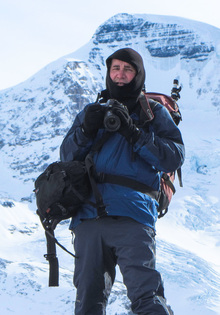 An Interview with Fine Art Photographer John D'Onofrio 1. What equipment to do you use? What camera? Currently I use a Canon 5D Mk III. Love it! Before that I worked with the original 5D, which was also a joy to use. I use only two lenses, both Canon L series zooms. One is a 24-105 mm and the other is a 70-300 mm. I’d utilize more lenses, but I do a bit of backpacking and can barely carry these along with my beloved Benro carbon-fiber tripod. I was late to go digital, made the switch in 2008 – I was really attached to my Nikon SLR and Nikon lenses. Shot an egregious amount of slide film, generally Velvia 50. I was prompted to make the switch while crossing the thigh-deep mouth of a river on the island of Kuai’i. I stepped on an underwater rock and it overturned, leading to a full-on dunking in what was essentially salt water. That was it for my Nikon gear. I said goodbye to film that day. It was a gift! 2. Technical Advice? The only technical advice that I could offer is to move beyond the technical. That is to say, master the mechanics to the point that they require no attention, so that full concentration can then be devoted to the compositional elements. A few basic thoughts: Obviously, you want very sharp images – I use a hood loupe that my friend Lance gave me. It really helps for checking critical focus in the field. And I use a tripod almost all the time. I like the thoughtfulness of composing on a tripod. It’s a slower process and - while not without its challenges (mostly tripod schlepping) – offers more control over the technical variables. 3. Creative Advice? I’ve been an artist for almost 40 years – first as a painter and musician, then a photographer - and for me, it’s been a long, enjoyable process of figuring out how to isolate the essential core elements of a composition. I think of it in terms of music – the music I love isn’t about an impressive succession of notes, it’s about finding the heart, the center. The roots of the chords. A process of exclusion as much as inclusion, letting the essential breathe. 4. Post Processing - Favorite techniques? I love post processing – I enjoy spending some more quality time with whatever subject I had been drawn to with my lens. Usually, this brings up good memories of beautiful places and times and it’s so satisfying to use post processing techniques to highlight whatever caught my eye in the field. And I’m often grateful for the opportunity to mitigate flaws – no shortage of those! The key to post processing, from what I’ve observed, is subtlety and restraint. I’m not necessarily a big fan of HDR, although I have seen it used well. My main objective is simply to bring out the original idea I had when I took the photograph, not to come up with a new idea. Of course, sometimes that happens anyway - with good results. 5. Post Processing - Software used? I use Adobe Lightroom pretty much exclusively – I recently switched over to their cloud-based version. Major improvements in the upgrade. The ability to erase with a brush in the graduated filter module is very nice. 6. Technical challenges? As someone who has been using a camera for a long time, I find the technology utilized in modern cameras has minimized the technical challenges to the point that anyone with a hankering to do so can readily master them. Honestly, it’s not rocket science to figure out exposure and focus. The ability to review images in the field should not be taken for granted – it was a game-changer. I remember the first time I photographed the aurora borealis with digital equipment, after many marginally-successful attempts over the years with film. The ability to make adjustments and corrections is enormous. The biggest challenges that I face are keeping blowing sand out of my lenses and hauling my gear that last mile uphill to camp. 7. Creative Challenges? The big challenge is simply to see. To really see, in a focused way. We tend to be pretty distracted, always multi-tasking in our heads. To really see, we have to devote 100% of our consciousness to the visual realm. It’s almost a meditation. It takes practice. 8. Artistic signature that conveys your style? As I said, I like details. I like abstract compositions where the subject itself is secondary to the composition, perhaps even unrecognizable. When you remove the element of the familiar, the viewer is freed from comparing it to other images that they have seen of similar subjects. Like a painting. But I also like big-picture stuff, so long as there’s depth. I like a composition that includes both a strong foreground and background in these situations. I’m also partial to asymmetrical balance. 9. Favorite Subject? My favorite color is texture. I love the evidence of passing time on objects, whether it’s a glacier or a weathered tree. The stories that surfaces tell are compelling to me and add depth to the color and interest to the composition. Of course, as Ansel Adams taught us, we are always photographing the light so it compels us to find that special light, often in what are otherwise less-than-ideal conditions. Hence the tripod, cable release and rain gear. 10. Favorite Location? Well, I love the landscapes of Cascadia – the mountains, beaches, forests, rivers, lakes and salt marshes. The diversity is amazing and inspiring. I’ve had some great experiences in the arctic – those landscapes are so raw and inviting. I also love the Colorado Plateau and particularly southern Utah and northern Arizona. It’s a wonderland. I’m drawn to the slickrock and geological oddities – and reflected light off of canyon walls. I’ve been going down there almost every spring since the 70’s and I’m still finding new places that blow me away. Visit John's website... |
AuthorPhotography and photographers... A look at both. Blame it on the light. Archives
June 2017
Categories
All
|




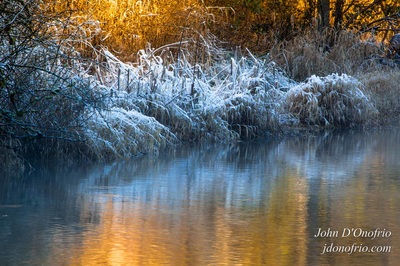
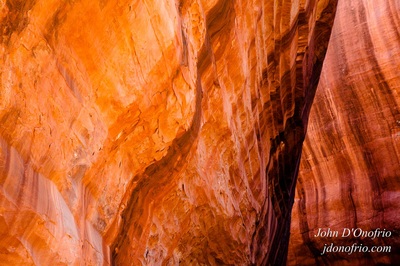
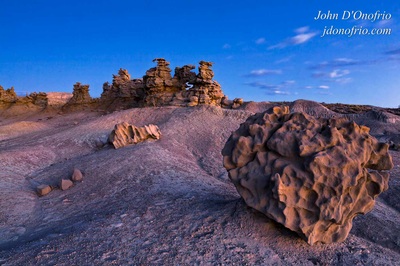

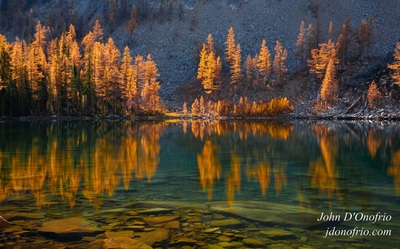
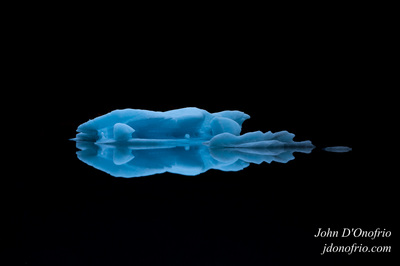
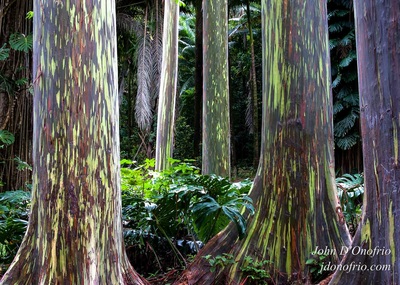
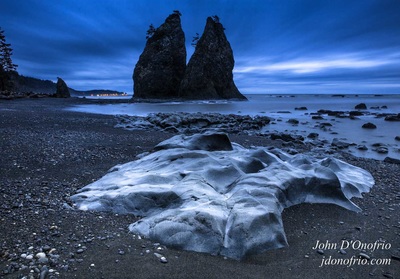
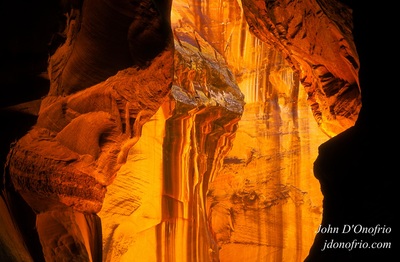
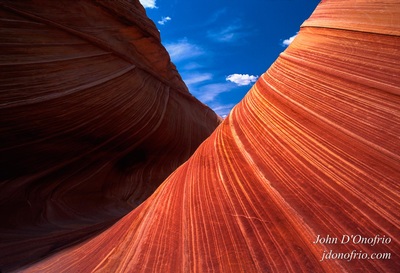
 RSS Feed
RSS Feed